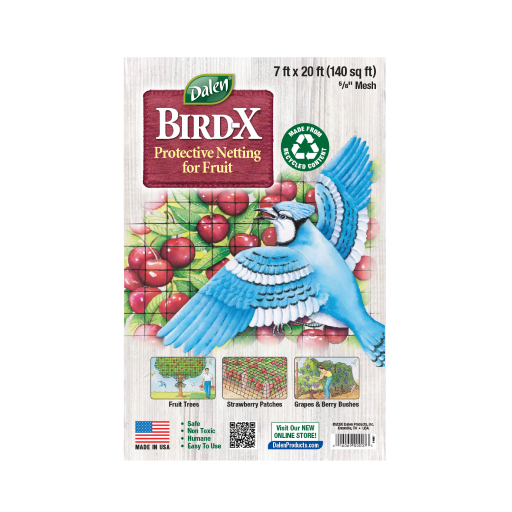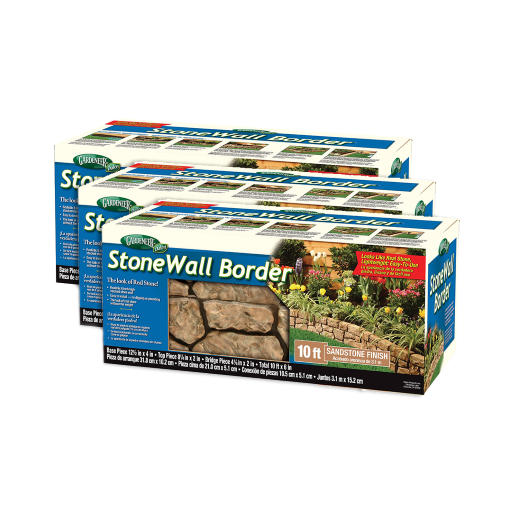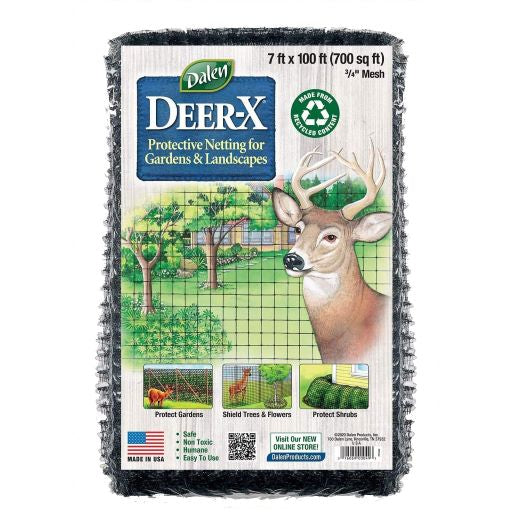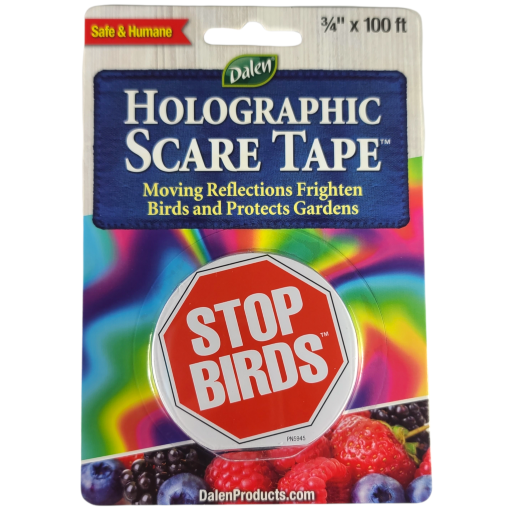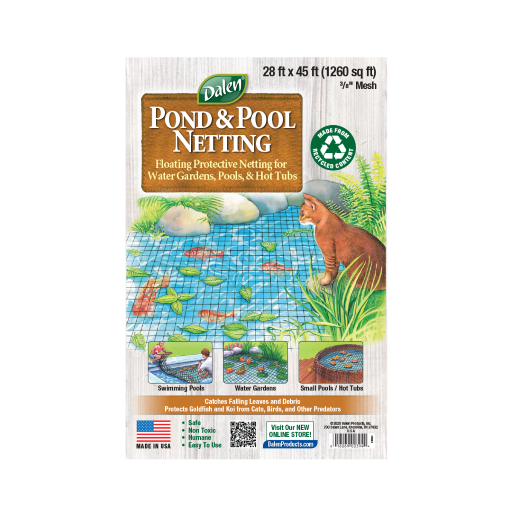Raised Bed Gardening for Beginners — Everything You Need to Know
Raised bed gardening allows green thumbs to cultivate their plants more easily by creating a dedicated area for their plants. This popular method might take a bit of upfront work, but once built, gardeners see a variety of benefits, from easier maintenance to better harvests. If you’re a beginning gardener considering building a raised bed, read on to learn more about raised bed basics.
What Are Raised Garden Beds?
Raised bed gardens are bounded, elevated gardening spaces. Rather than planting your garden directly into the ground, a raised bed requires added soil.Why do gardeners put in this extra effort, though? While it mightseem like more work, the benefitsof a raised garden bedare numerous, and the upfront time investment is outweighed by the time and effort you’ll save in maintaining your garden, as well as the increased yield of fruits and vegetables.
Why Gardeners Love Raised Beds
For various reasons, a raised bed is the secret weapon that many gardeners use to cultivate a thriving garden. Here are just a few of the ways a raised bed can improve your garden.
Longer Growing Season
Raised bed gardens typically have longer growing seasons. This is partly because elevating the garden bed slightly above the surrounding soil allows it to retain more heat. Using potting soilthat is slightlywarmer thanground temperaturegives your plants a more hospitable environment to grow in, even as the temperature starts to dip, effectively lengthening your growing season.
Better Soil, Healthier Soil
Intuitively, adding soil to your garden bed might seem like more work than simply tilling the land that’s already there. However, by using better, healthier soil, you’ll save yourself a lot of future headaches, in addition to setting your garden up for a bountiful harvest.
Thebest soil for raised garden beds is a “living soil” that is rich in bacteria, enzymes, mycorrhiza(healthy fungal roots that nourish plants), and nutrients.Though that may sound like some complex scientific process that you would need a botany degree to accomplish, fear not! It's actually much easier than it sounds. It becomesespeciallyeasy if you mix the soil yourself, and even more so if you have a compost bin you can use to supplement your growing medium. There's no telling how long it might take to work your land to get it right for growingwithout knowing anything about it but using a raised bed makes it much easier to mix up the right volume of living soil to grow a thriving garden.
No Competition
Outside, in the ruthless natural world, there is a constant battle for existence taking place. Every organism, from the tiniest bacterium to the most massive aspen tree grove, is constantly fighting, forming alliances, and making its best efforts just to survive, and your plants are no exception.
When you plant your garden in a raised bed, to some extent, you’re isolating your growing space from that struggle. While your raised bed garden is connected and intricately linked with the ecosystem surrounding it, when choosing to plant it in a raised bed, you are claiming territory for your garden to flourishin relative peace.Though weeds and seeds can still make their way into your protected garden bed,you’ll generally have far less competition than if you were to grow your gardenin the open soil.
Easy Access
A raised garden is a more ergonomic place to work on your plants since it doesn’t require bending over nearly as far to prune, weed, and water your plants. Whether you’re 18 or 80, that’s a major advantage, because it allows you to work in a more natural position, sparing your back and neck, and allowing you to have more productive gardening sessions before you get tired. Some raised beds are robust enough even to sit on as you prune your plants and water your garden.
Garden Anywhere
Raisedbedgardens can be planted directly on top of patios and decks, or on land thathas otherwise been depleted of all its fertility.Withraised bed gardening, you can put your potting soil exactly where you want to grow your garden. Just be sure to take into account the path of the sun and how that path might change from season to season.
Plant Protection
Gardening in raised beds can shield your plants from a variety of different threats and stressors.Though more persistent or large animals can still reach your plant, the added height of your raised bed provides an additional layer of protection against smaller creatures that might want a taste of your plants. These boxes also provide a clean barrier between your garden and your lawn, sparing you the hassle of navigating around your plants as you mow and weed the lawn.
How To Start a Raised Garden Bed
Consider the various needs of the plants you want to grow and the means you have to set them up for success.
Width, Length, & Shape
It's a good idea when creating a raised bed to remember that you need to be able to reach into your garden to work in it without stepping into your elevated garden. For that reason, we recommendstarting out with a smaller box. A 2ft x 2ft (4 sqft) raised bed is perfect for beginners and can pack a big punch, fitting a surprising amount into a small space. Square foot gardening is extremely popular for good reason and makes a whole lot of sense when planting a raised bed. Templates are easy to find to help you plan it out, and supplierstend to sell materials by the foot.
Depth of Planting Area
We recommend a planting depth of 9 inches. That's deep enough for plants to grow without getting root bound, while alsonot being too tall. If you build your raised bed even deeper, just keep in mind you will need even more soil.You could even extend the height further, especially if you don't want to have to bend over at all to do your yard work.
Some designswill attempt to get more height with less soil by raising the bed up on stilts. These designs use a relatively shallow soil depth that is elevated off the ground with the raised bed legs.These designs are nice to have, but be forewarned that they will take careful planning and precise work to build correctly.
Raised Bed Materials
The materials you use inraised bed gardening will influence not just the aesthetics of your garden but also the bed’s durability and the growth of the plants themselves.
Wooden Raised Beds
Wooden raised beds are the classic and proven choice for gardens season after season. It's very easy to find wood from your local hardware store, and screws and nails make them fairly easy to assemble. Take care to source materials that aren’t coated with toxic stains and treatments if you want to grow an organic garden. Keep in mind that you might be growing your food in these materials, so if any of the wood treatments leach into the soil, you could be ingesting those chemicals with your food.
Complete Raised Beds
Complete raised beds are convenient, ready-to-assemble kits, made of pre-cut and pre-drilled wood. If you don’t want to build from scratch, these make for a great option with a straightforward assembly.
Deep Root Raised Beds
If you are growing plants that have extensive root systems, a deep root raised bed can help accommodate this. In araised vegetable garden, plants like carrots, potatoes, and other root vegetables are especially well-suited to having some additional depth to allow their roots to penetrate deeper into the soil and soak up more nutrients from living soil.
Elevated Planter Boxes
Elevated planter boxes or garden troughs raise the whole planter box to a comfortable height to allow for gardening without having to bend or kneel. Though they can be used by anyone, they are an excellent option if you have mobility issues, or if you want to place a planter box on your patio or balcony. Additionally, being above ground level, they are less accessible to small pests like snails and slugs.
Copper Cap Raised Beds
Copper cap raised beds use a copper cap or trim along the top edges of the bed. This takes advantage of the natural fungicidal properties of copper, keeping fungal disease from running rampant in your garden. The copper also adds a nice aesthetic touch along with its functionality.
Shop Our Faux Wood Raised Beds
Metal Raised Beds
Metal raised beds are also a good option since they areespecially good at soaking up the extra heatand extending your growing season, allowing you to squeeze out a few extra tomatoes before it's time to prepare your garden for winter.
Siting and Filling a Raised Bed: Do’s and Don’ts
Siting a good location for your raised bed and filling it with the right soil are crucial parts of putting together a raised bed garden. That’s why it’s important to understand the right and wrong ways of accomplishing these tasks.
Do -
Look For Light
Whensitting a raised bed, sunlight is the first thing you need to consider when locating the best place for your raised bed garden. As the sun rises in the east and sets in the west, the sun’s path takes a southern route for gardens in the northern hemisphere. Of course,that path will depend on the season, and the sun will be farther north in the late spring and early summer than at any other time of year. Be aware ofwhere the sun is in relation to your home. Pick a place that isn’t too shadyunless you intend to grow a garden with shade-loving plants. Also, it’s possible for gardens to get too much sun, especially in the hottest months of the year. But the best rule of thumb for planting a garden is to find a spot that gets sunshine!
Locate Near a Water Source
While you don’t want your raised bed in a swampy spot, it's nice to have quick access to water when it's time to give your plants a drink.If you’ll be using the hose to water, take its length into account and make sure that it can reasonably reach the bed. If you’ll be using watering cans, try to situate them close to where you’ll be filling up so that lugging them across the yard isn’t too much of a pain.
Don’t -
Do Not Install Your Raised Bed in a Wet Area
Every yard and garden has various microclimates. The shady spot on the northside of your house has a different microclimate than the sunny spot on the south that basks in the sun all day long. If you have a spot in your yard that is chronically wet, it may indicate some stuffiness and an unsuitable garden microclimate for your raised bed garden. If you still want to do something with a wet area, look into water and humidity-loving species like mosses and mushrooms!
Do Not Use Low-Quality Soil
One of the best benefits of a raised bed garden is the ability to curatean almost magical living soil that will grow the happiest and healthiest plants, fruits, and veggies. Don’t take shortcuts whenfilling a raised bed, and avoid using dead soil. Do yourself a favor and mix up a potting soil that is full of life so your raised bed garden will flourish.
Raised Bed Soil
A high-quality potting soil is one of the most important features of a raised bed. In our opinion, the soil itself is far more important than what type of materials you use to construct your raised bed, though please keep in mind that some building materials are toxic and could contaminate your raised bed garden.
In any case, cultivating a living soil for your raised bed is one of the best things you can do to set up your garden for a bountiful harvest. Take the time to mix up a soil that is abundant with life rather than using dry, dead, nutrient-depleted soil. A living soil should be full of nutrients in addition to enzymes, bacteria, and mycorrhizal fungi.
One of the bestraised bed gardening tips we have is to dive deep into the topic of soil health and living soil.Don’t feel pressure to get it perfect the first time around. Anything better than dead soil is a great start. As the seasons pass, you’ll learn how to mix up a living potting soil that will act like a magic potion and grow the fruits and vegetables of your dreams.
Planting in Raised Beds
When consideringhow to plant a garden bed, look into the techniques you use to plant your garden and how that might influence both their growth and the time and effort you will need to invest as a gardener.What you plant in a raised garden bed will also influence these techniques.
Seeding
Seedstarting a raised bed garden isultimately up to personal preference, your particular USDA hardiness zone, and what you want to grow. Many people like starting their seeds indoors and taking them outside to plant in the elevated planter when the time is appropriate, usually after the last frost. Other people prefer a method known as “winter sowing” and start their seeds out in milk jugs around Christmas and translate them to their raised bed around the start of spring. You can also sow seed directly into your raised bed.Just be sure when doing so that you have a plan, especially if you are following the square-foot gardening method.
Row Seeding
As the name suggests, this involves planting your seeds in neat, orderly, and well-defined rows. You’ll create a furrow or shallow trench in the soil and plant the seeds at regular intervals along this line. This method ensures that the plants receive adequate spacing between one another, makes watering easier and more efficient, and the tidy, man-made look of these rows also makes it easier to spot and remove weeds since they are easier to spot.
Broadcast Seeding
Broadcast seeding involves scattering seeds evenly over the surface, not paying mind to row placement. This method is quick and easy, allowing you to cover a larger area faster. If aesthetics are important to your garden, broadcast seeding provides a more natural appearance. Some drawbacks to this method include that weeds can be more difficult to distinguish, and growth water use can be uneven.
Transplanting
In our experience, transplanting your plants into your raised bed is best, especially as it gives you extra time to make sure your potting soil is full of life. You also have a better sense of spacing your plants out in the growing area. It's best to have a plan and some sense of how your plants will continue to grow. What seems like a generous amount of room at first can quickly fill up with foliage. In any case, a raised bed garden can maximize your potential in a small footprint.
Caring for Your Raised Bed Garden
Nurturing your garden will require attentive care and harmonious collaboration with nature itself if you hope to yield flourishing results.
Watering
Every plant has different watering needs, but a good rule of thumb inraised bed gardening is to literally stick your thumb in the soilto determine whether or not the soil has moisture. If it's dry, it might be time to give your garden a thirst-quenching drink.Do your research, plant by plant, because lettuces, tomatoes, and zucchini all have different needs. Beware of over-watering, which can often be more detrimental to the health of a plant than not giving them water to begin with.
It's a delicate balance between watering and not watering your raised bed garden. At the end of the day, it's all about listening to your plants and hearing their needs. Beginning gardeners will get much better at this as the seasons pass. Have fun, don’t be afraid to makemistakes, andget creative in your solutions.
Weeding
Weeding is less of an issue in a raised bed garden, which is partially why so many peopleturn to elevated gardening. Even so, from time to time,weeds will inevitably blow into your raised planter. We suggest not stepping foot into your elevated gardenunless absolutely necessary, as this can unwittingly transfer weed seeds from your shoes to the soil.
Fertilizing
You shouldn't have to add much fertilizer if you’ve taken the correct steps to create a living soil that's bursting with life, including nutrients, minerals, enzymes, bacteria, and mycorrhizal fungi.As you grow your first season, you can even continue cultivating a super soil on the side that you can mix into your raised bed as neededto replenish the good stuff.
Supports
Raised bed gardensare a great environment to use stakes and hoops that work with all sorts of gardening accessories. Protecting your plantsbecomes a lot easier when you already have an elevated border that you can mount support for bird netting, frost blankets, greenhouse materials, watering systems, scarecrow devices, etc.
Plant Protection
A raised bed is ultimately about creating a defined space for your garden to thrive. Protecting yourplants is easy when you have a space dedicated to your elevated planter garden. Pests and harsh weather will certainlytest both your garden and your skills as a gardener,so be prepared for the worst and have the ability to respond.
We see gardening as dancing with Mother Nature; you’ll need to react to her movements, leaving room for both of you to do what you’re best at and practice, practice, practice. As time moves on, it will only get easier, and then you’ll be able to enjoy the fruits of your labor.
It's not all that hard anyway —the plants themselves are doing most of the growing. But as a gardener,you can be there to witness the magic.






